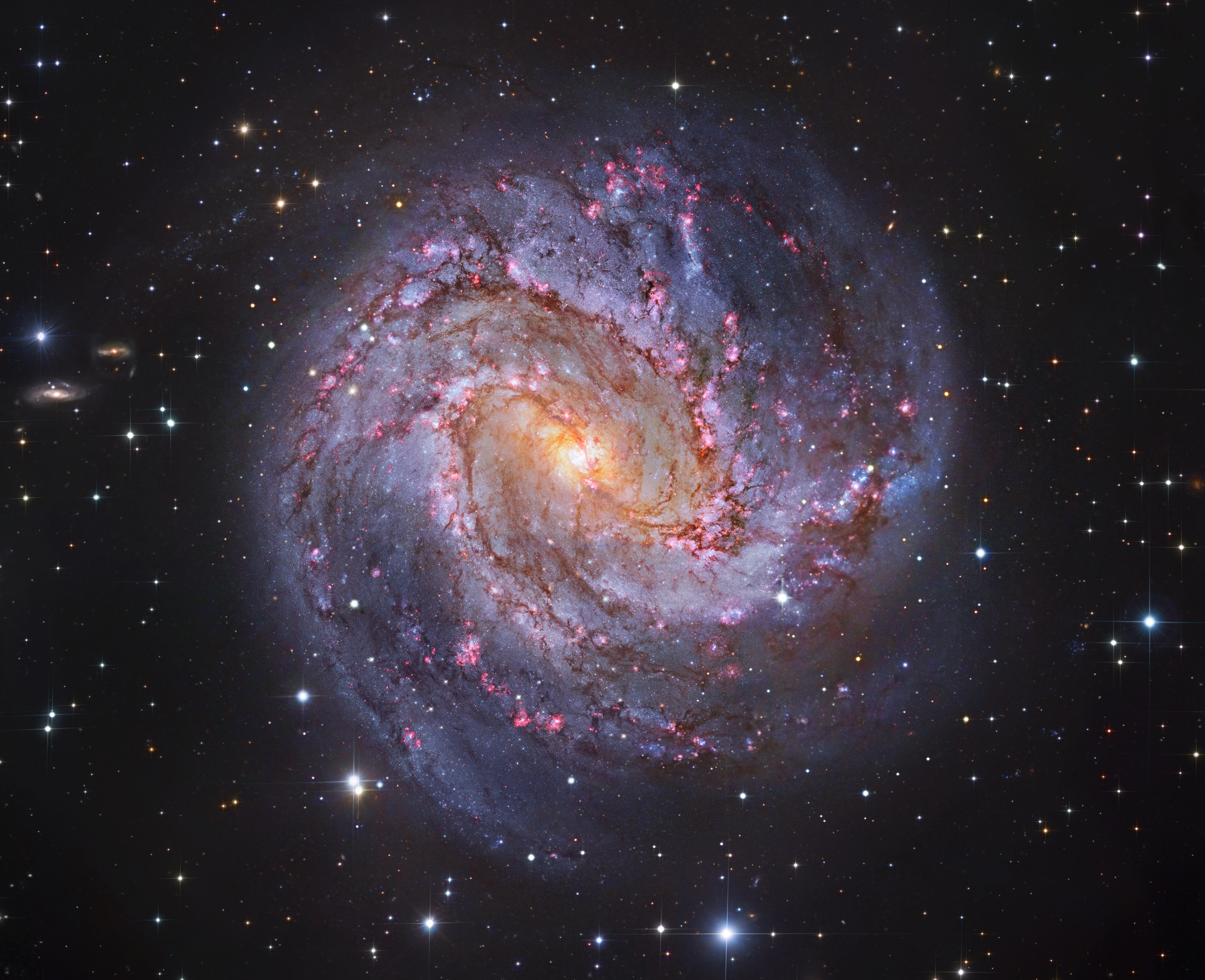Introduction
The sky calls to us. If we do not destroy ourselves, we will, one day, venture to the stars.

The Microcosm is the informal title of Syndication-occupied space within the large SAB(s)c-type galaxy known as the Macrocosm. It is a great web of star systems that spans approximately 16,000 light-years from the galaxy’s core.
The Syndication is the local government of the Microcosm, whose structure is characterised by nested groups - Echelons - of citizen councils that collectively work towards mutual benefit. Governing decisions are ideally made by all who will be affected by them, and working in exclusive self-interest is heavily discouraged by governmental structure.
The current year is ::01867.
Regions
The space is divided into three major regions, each generally accepted to occupy the entire extent of vertical space within its borders for the convenience of local governance.
Gossamer
Gossamer, formally the Internal Development Region, is the smallest region of the Microcosm, and the most densely developed. It is host to the largest populations on the census, with numbers regularly in the billions.
Many of its stars are stable and main-sequence with an average age of 4 billion years and a surface temperature of 6800K. Despite its proximity to the core, few starbirths occur here, and few are anticipated within the next millennium.
Outer Wilds
The Outer Wilds, formally the External Development Region, is an expeditionary region filled with burgeoning new colonies to support the demands of the growing population, and to provide new opportunities for workers, families, and private enterprises.
Stars in this region rarely exceed 6000K at their surfaces, though are often much more massive due to their proximity to the Graveyard, a hotbed of starbirth. Their ages range from the billions to the millions of years the closer they are to the stellar nurseries.
The Graveyard
A frothing mass of stellar detritus and young stars, the Graveyard is host to very few permanent colonies, most dedicated to mining and extraction operations. It has no formal name, simply being recognised as a chartered extent of Syndication territory.
Protoplanetary disks, rocky planets, and gas giants are typical extraction sites, but the stars that they are host to are particularly unstable, with temperatures ranging from 3500K to 17000K. Their lifespans are measured in millions of years, and many are either at the start or ends of their brief, bright lives.
The radiological signature produced by fusion ignition within protostars is often a clarion call for miners, who swoop in to exploit the fresh resources with their gas scoops and kilometre-wide ram-nets.
The Down-Below
The Down-Below, formally the Limited Authority Autonomous Zone, is a Bok globule within the Graveyard that is shrouded in mystery. As its proper name suggests, it is an area within Syndication territory that cannot be properly governed, as travel through Bok globules is near-impossible due to the HMP drive ram fusion phenomenon.
Stars within the region are often young and large, with lifespans in the hundreds of millions of years and surface temperatures ranging from 4800K to 15000K.
Communications with intelligent species within the Down-Below have been established. Their interstellar society is feudal in nature, independent parties constantly vying for power and resources; mild but overall positive relations are maintained between these fractured factions and the Syndication outside, and displaced native peoples are occasionally welcomed when they survive the trip.
Many rumours and stories surround the Down-Below, and few of them are true. A comic series and animated show featuring the intrepid Captain Quasar and his motley crew aboard the modified SD-08 spacecraft ‘The Wildcard’ is set inside the region, in the midst of a war that occurred six thousand years ago.
